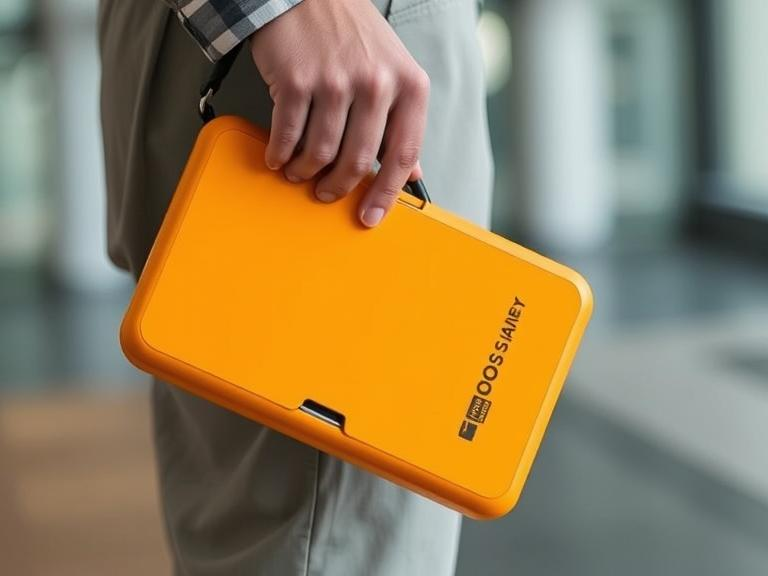Your basket is currently empty!

In our fast-paced, mobile-driven world, portability has become one of the most important factors in gadget design. Whether it’s a lightweight laptop, a foldable phone, or compact wireless earbuds, people want tech that fits into their lives—not the other way around.
Today’s consumers are constantly on the move. Students need devices that fit in backpacks. Professionals want to work from cafés, airports, or co-working spaces. Fitness enthusiasts need wearables that don’t interfere with movement. This has pushed designers to focus on making gadgets smaller, lighter, and more convenient without sacrificing performance.
Take laptops, for example. Ultrabooks and 2-in-1 convertibles are thinner and lighter than ever, yet powerful enough for demanding tasks. Tablets have evolved into productivity tools that rival traditional computers—all while maintaining sleek, portable form factors.
Smartphones have replaced many other devices—camera, calendar, notebook, GPS—into a single gadget that fits in your pocket. Even high-tech tools like drones and VR headsets are now available in portable, foldable versions for easy transport.
However, portability brings design challenges. Shrinking devices requires compact components, efficient cooling, and battery optimization. It also sometimes means sacrificing ports or physical buttons for digital alternatives.
Despite these trade-offs, portability is here to stay. As remote work, digital nomadism, and on-the-go lifestyles grow, people will continue to demand powerful gadgets that travel well. Portability isn’t just a feature—it’s a necessity in modern tech design.
Leave a Reply